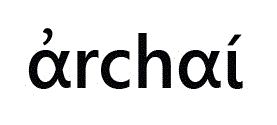Abstract:
This paper is a study of Dionysian lysis, “liberation”. We begin with (I) the suggestion that in the description of the mania telestike in Plato’s Phaedrus 244d-245a, the best candidate among Dionysian ritual practices abstracted by Socrates’ rhetoric is maenadic trance. The maenadic references also accompany the testimonies on Dionysos Lysios in Corinth, Sicyon and Thebes (II), but here the evidence invites us to widen the scope of Dionysian cult practices and look at the god’s Mystery cults (III), notably at the evidence provided by the golden leaves founded in initiated sepultures. We propose then an exclusively Dionysian (i.e. non-Orphic) reading of the Pelinna leave (OF 485 Bernabé). This reading leans on: (IV) an analysis of the leaf’s text; (V) a critique of the interpretations associating lysis with the expiation of the Titans’ crime; (VI) an examination of Persephone’s role; (VII) the meaning of lysis in OF 350 Bernabé; and (VIII) the linking up of the famous passages of Plato’s Republic dealing with initiations (2. 363a-366-b) with the dynamics of postponed punishment in ancient Greek representations of divine justice. Finally, the article suggests that (IX) Dionysian lysis is concerned with liberation not only after death, but also during the life of the initiated. In conclusion (X), it goes back to Plato’s Phaedrus 245a, in order to contrast Dionysian maenadic and mystic trance.
Keywords:
Dionysos; trance; liberation; Dionysian cults; mystery cults
